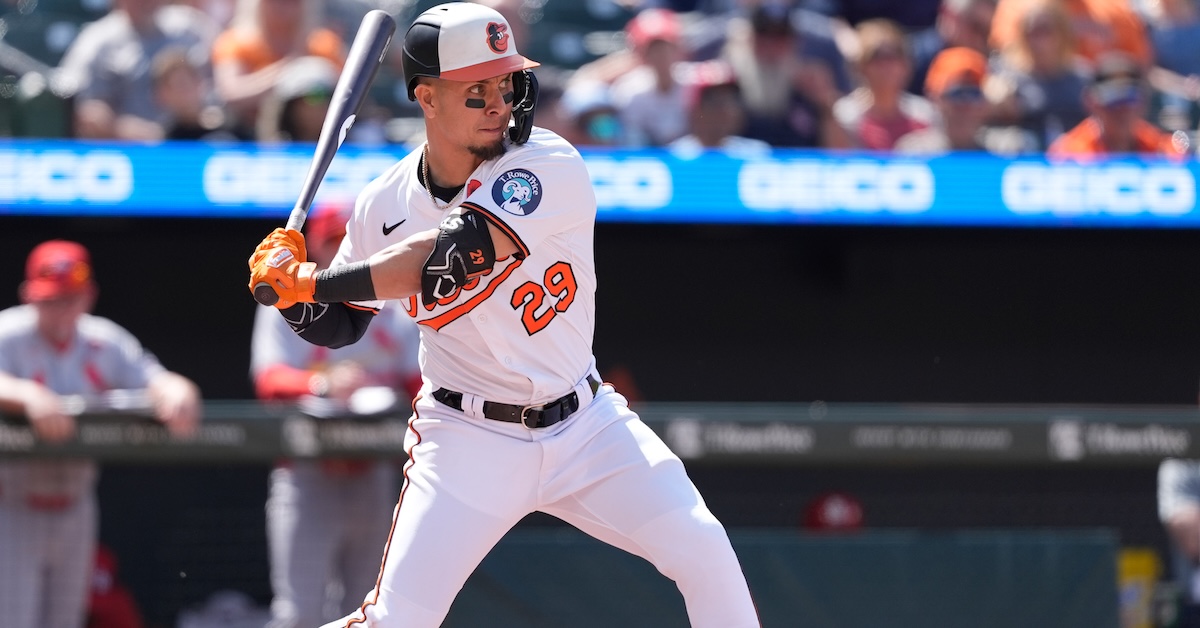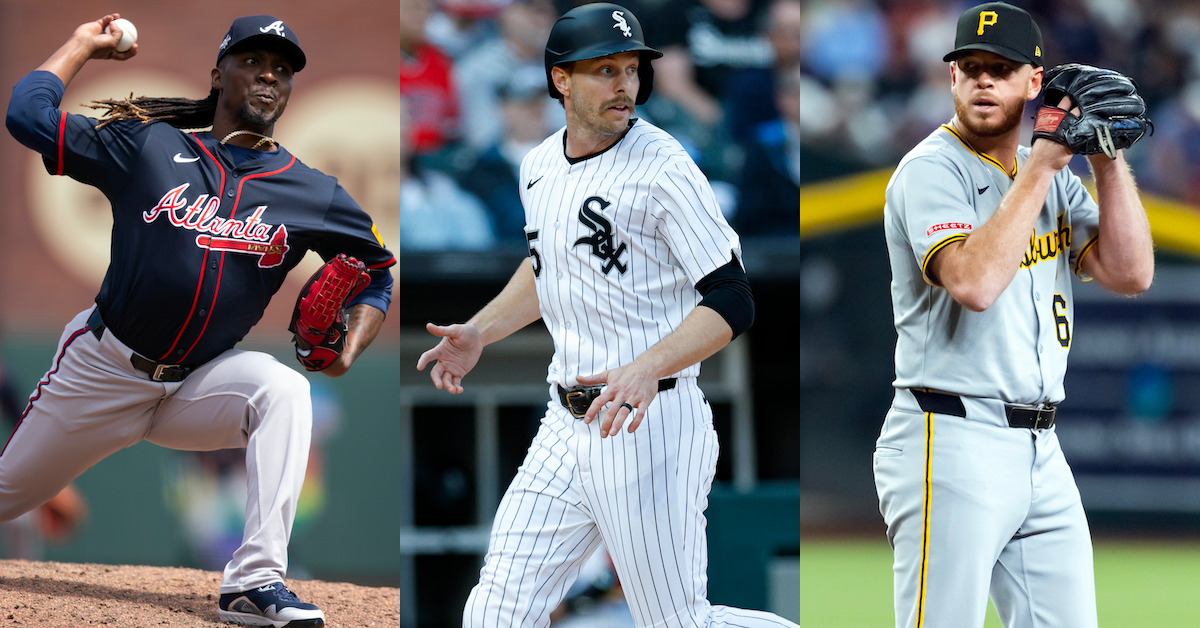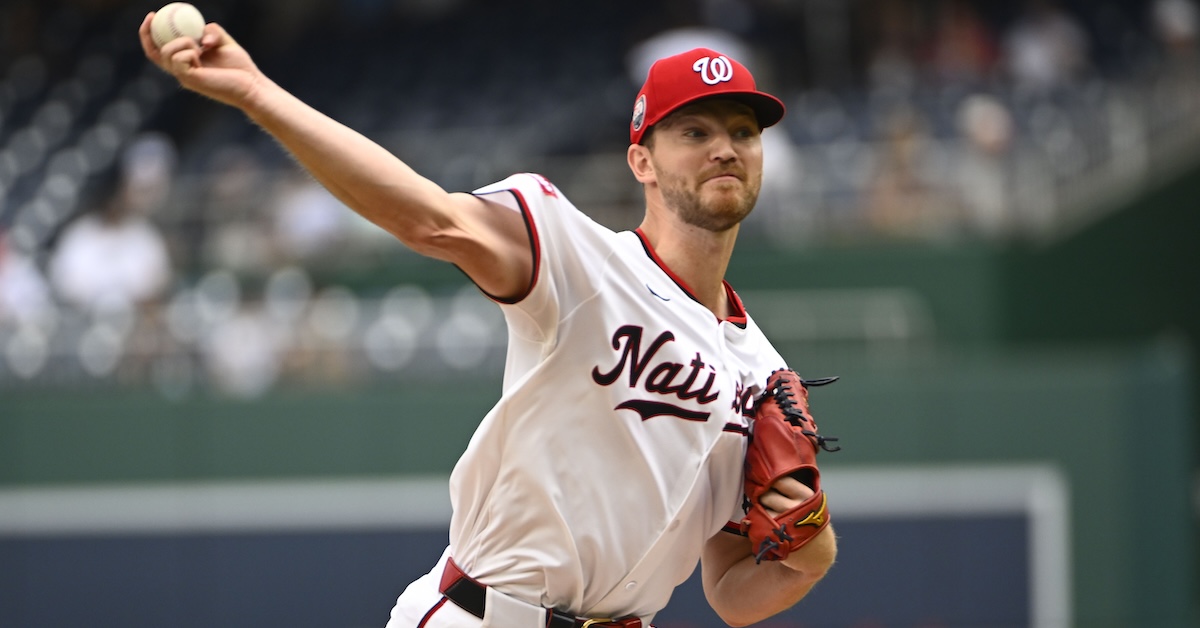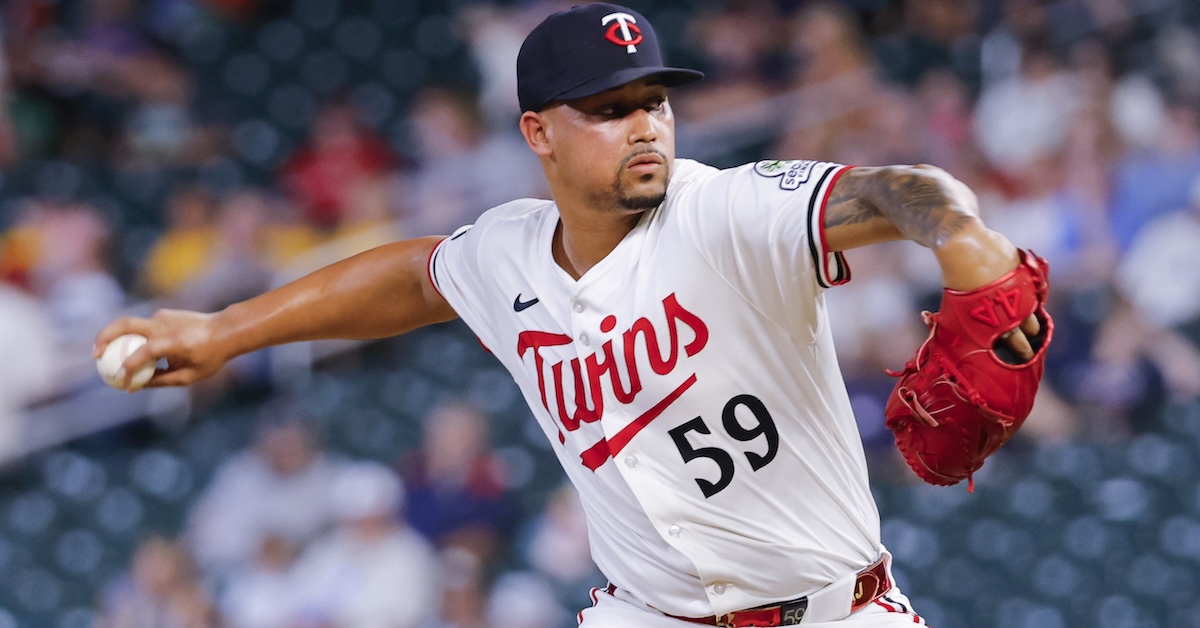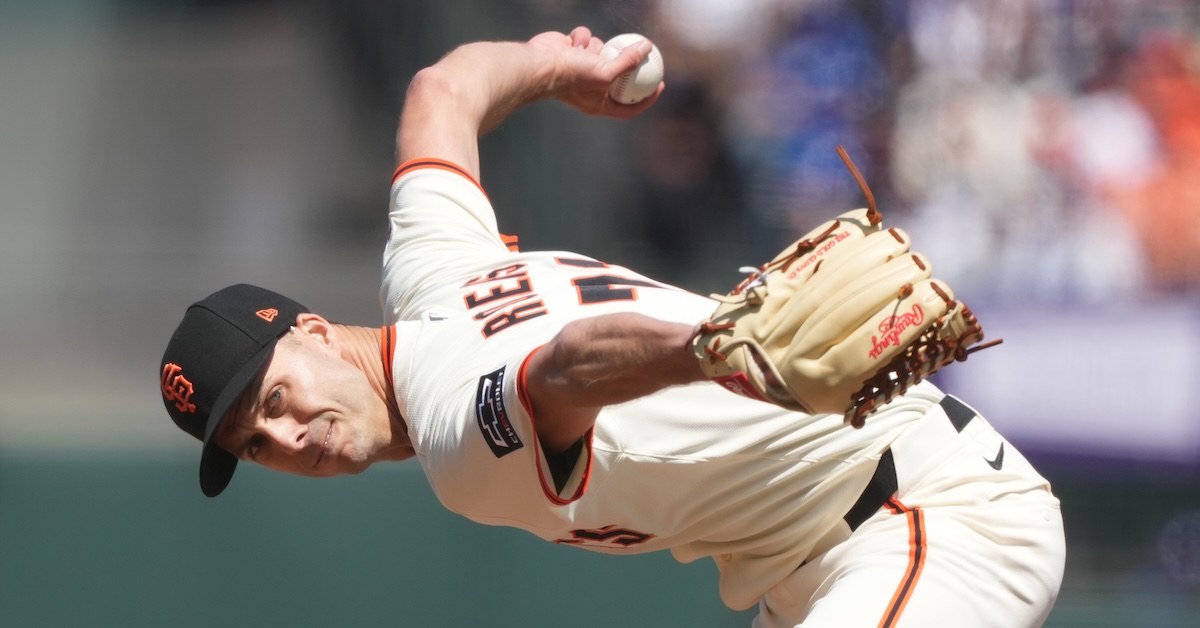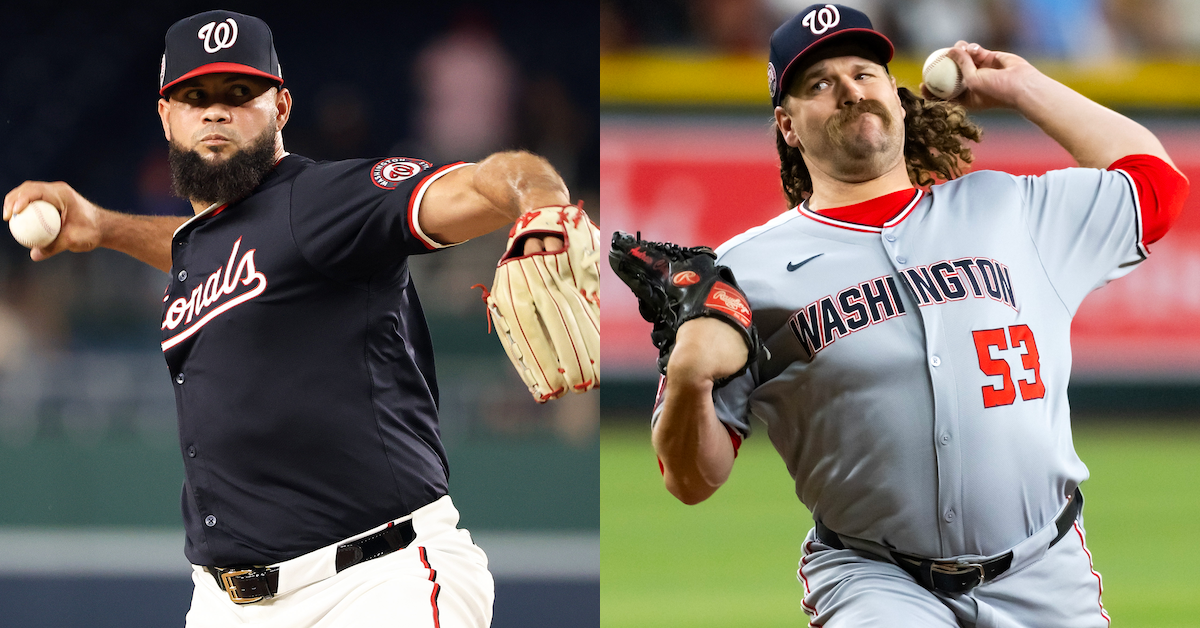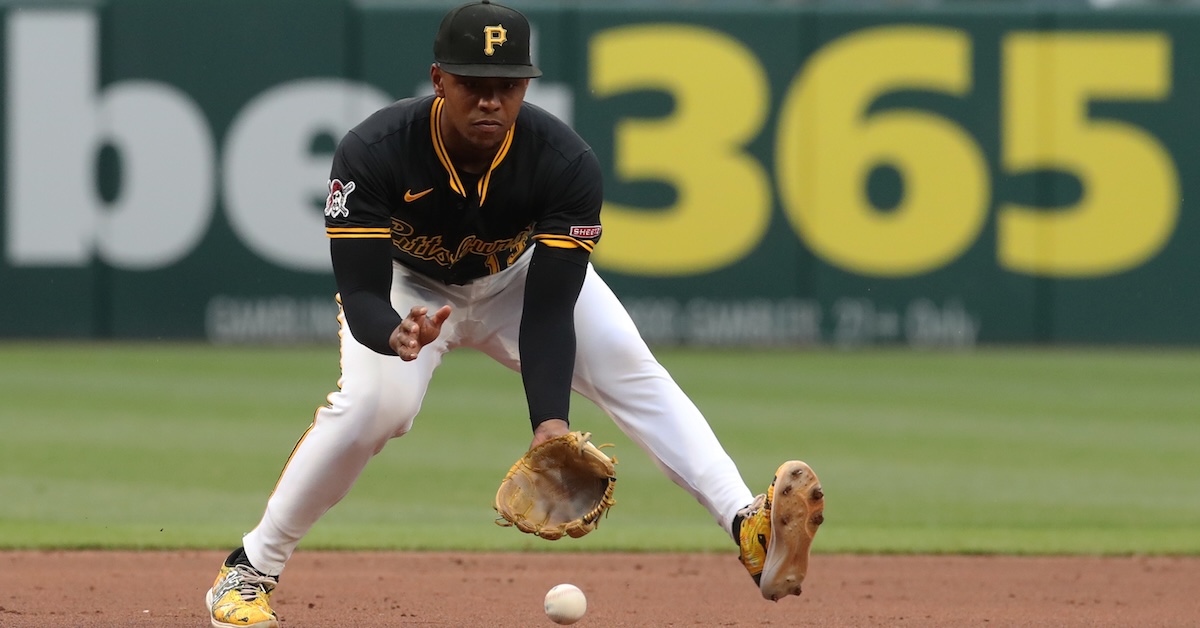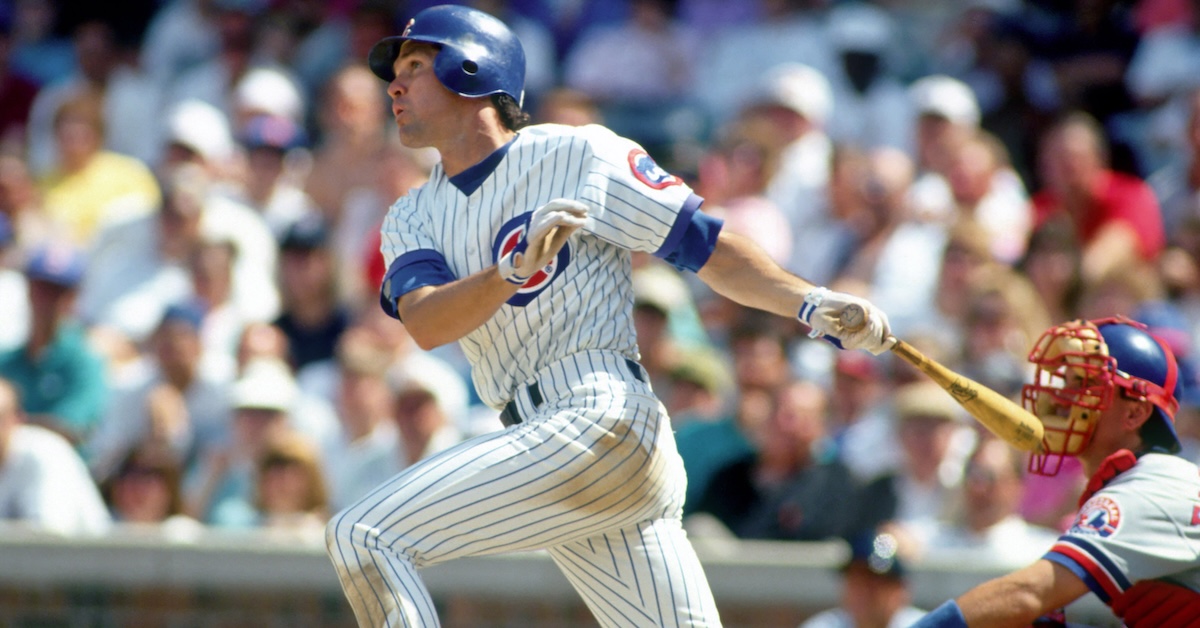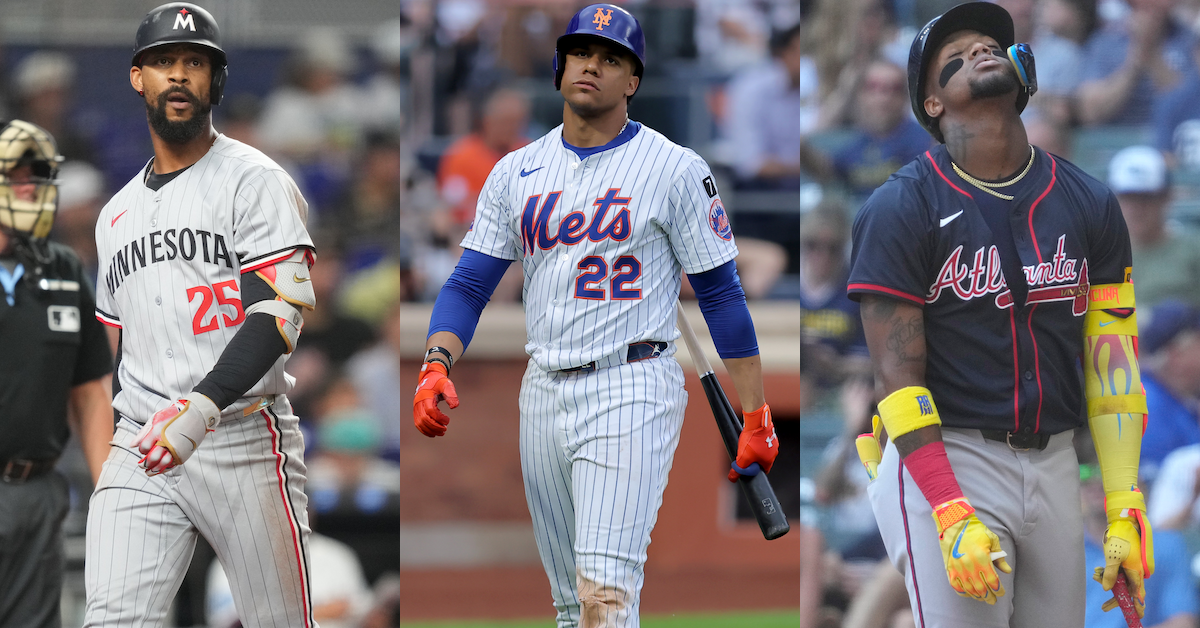Mariners Land Another Big Bat, Returning Eugenio Suárez to the Emerald City
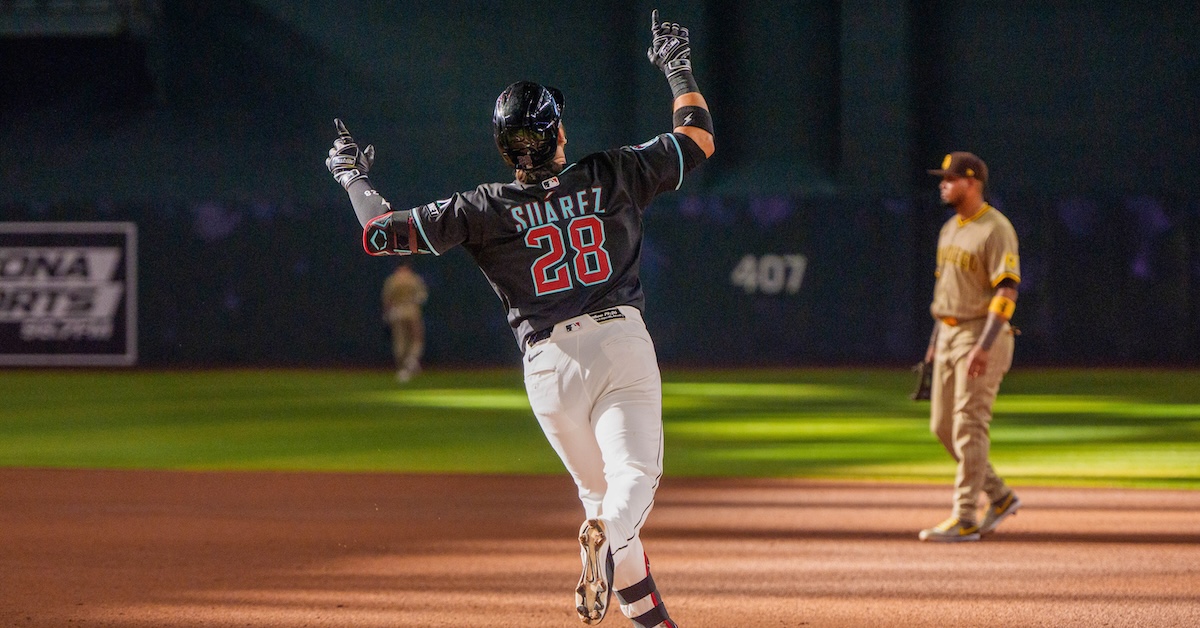
For the second time in eight days, the Mariners have upgraded their lineup by landing a corner infielder from the Diamondbacks in exchange for multiple prospects. On July 24, they acquired first baseman Josh Naylor in exchange for a pair of young pitchers, and on Wednesday night they brought back All-Star third baseman Eugenio Suárez for a three-prospect package.
The full trade sends the 34-year-old slugger, a pending free agent, to Seattle in exchange for 24-year-old first baseman Tyler Locklear, 24-year-old righty Hunter Cranton, and 25-year-old righty Juan Burgos; both Locklear and Burgos have a bit of major league experience. This is Suárez’s second go-round in Seattle. President of baseball operations Jerry Dipoto previously acquired him and Jesse Winker from the Reds as part of a six-player deal in March 2022, one driven in part by Cincinnati’s desire to dump the last three years and $35 million on Suárez’s contract. He served the Mariners well, totaling 53 homers and 7.8 WAR with a 118 wRC+ in two seasons, and helping them end their epic playoff drought in 2022. Dipoto traded him to the Diamondbacks in November 2023 for Carlos Vargas and Seby Zavala, and he’s been even more productive in Arizona, clubbing 66 homers and 7.0 WAR with a 127 wRC+.
Those Arizona numbers conceal a major turnaround:
| Period | G | PA | HR | AVG | OBP | SLG | wRC+ | WAR |
|---|---|---|---|---|---|---|---|---|
| 2024 Through June 30 | 80 | 315 | 6 | .196 | .279 | .312 | 66 | 0.0 |
| 2024 After June 30 | 78 | 325 | 24 | .312 | .357 | .617 | 162 | 3.8 |
| 2025 Total | 106 | 437 | 36 | .248 | .320 | .576 | 143 | 3.2 |
| Since July 1, 2024 | 184 | 762 | 60 | .276 | .336 | .594 | 152 | 6.9 |

